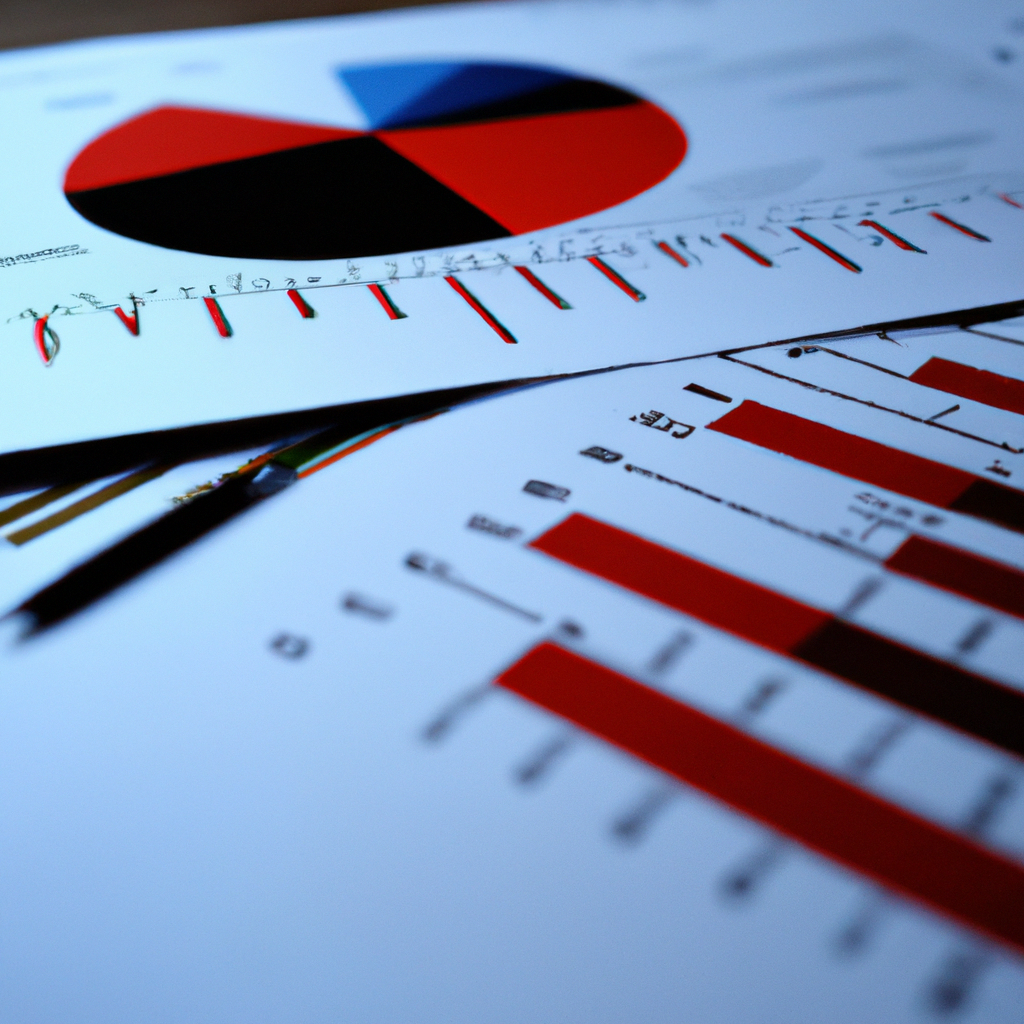Economic Indicators Reports: A Comprehensive Guide
Introduction
Economic indicators reports play a crucial role in understanding the overall health and performance of an economy. These reports provide valuable insights into various aspects of economic activity, helping policymakers, investors, and businesses make informed decisions. In this article, we will explore the significance of economic indicators reports and discuss some of the key indicators that are closely monitored by experts.
Understanding Economic Indicators
Economic indicators are statistical measures that provide information about the performance and direction of an economy. These indicators can be broadly classified into three categories: leading indicators, lagging indicators, and coincident indicators.
Leading Indicators
Leading indicators are economic variables that tend to change before the overall economy starts to follow a particular pattern. These indicators are used to predict future economic trends and are considered helpful in forecasting economic growth or contraction. Some commonly monitored leading indicators include:
- Stock market indexes
- Building permits
- Consumer confidence surveys
- Business investment levels
Lagging Indicators
Lagging indicators, as the name suggests, are economic variables that change after the overall economy has already started to follow a particular pattern. These indicators confirm or validate trends that have already occurred and are useful in assessing the stability and sustainability of economic growth. Some examples of lagging indicators include:
- Unemployment rate
- Inflation rate
- Interest rates
- Consumer spending levels
Coincident Indicators
Coincident indicators are economic variables that change simultaneously with the overall economy. These indicators provide real-time information about the current state of the economy and are useful in assessing its present health. Some commonly monitored coincident indicators include:
- Gross Domestic Product (GDP)
- Industrial production levels
- Retail sales figures
- Employment levels
Key Economic Indicators Reports
Now let’s take a closer look at some of the key economic indicators reports that are closely followed by experts:
Gross Domestic Product (GDP)
GDP is one of the most important indicators of economic activity. It represents the total value of goods and services produced within a country’s borders during a specific period. GDP growth is often used as a measure of economic health and is closely monitored by policymakers, investors, and businesses.
Unemployment Rate
The unemployment rate measures the percentage of the labor force that is actively seeking employment but unable to find work. It is a critical indicator of economic performance and can provide insights into the overall demand for labor and the health of the job market.
Inflation Rate
Inflation refers to the rate at which the general level of prices for goods and services is rising and, consequently, the purchasing power of currency is falling. The inflation rate is closely monitored by central banks and policymakers as it has significant implications for monetary policy and economic stability.
Consumer Price Index (CPI)
The CPI measures changes in the average prices of a basket of goods and services commonly purchased by households. It is widely used as a measure of inflation and is essential for assessing changes in the cost of living.
Conclusion
Economic indicators reports provide crucial information about the overall health and performance of an economy. By closely monitoring these indicators, policymakers, investors, and businesses can gain valuable insights into economic trends, enabling them to make informed decisions. Understanding the significance of various economic indicators and their reports is essential for anyone interested in navigating the complex world of economics.



